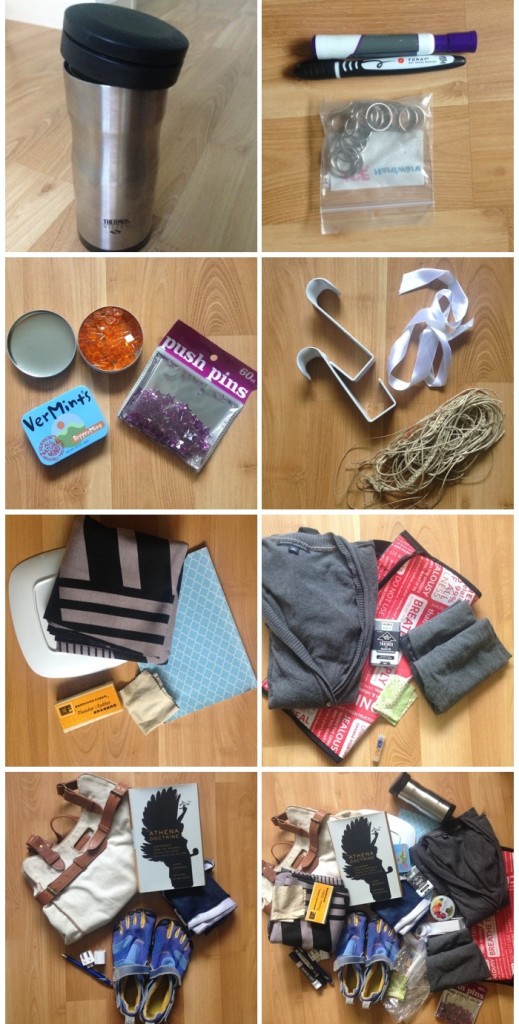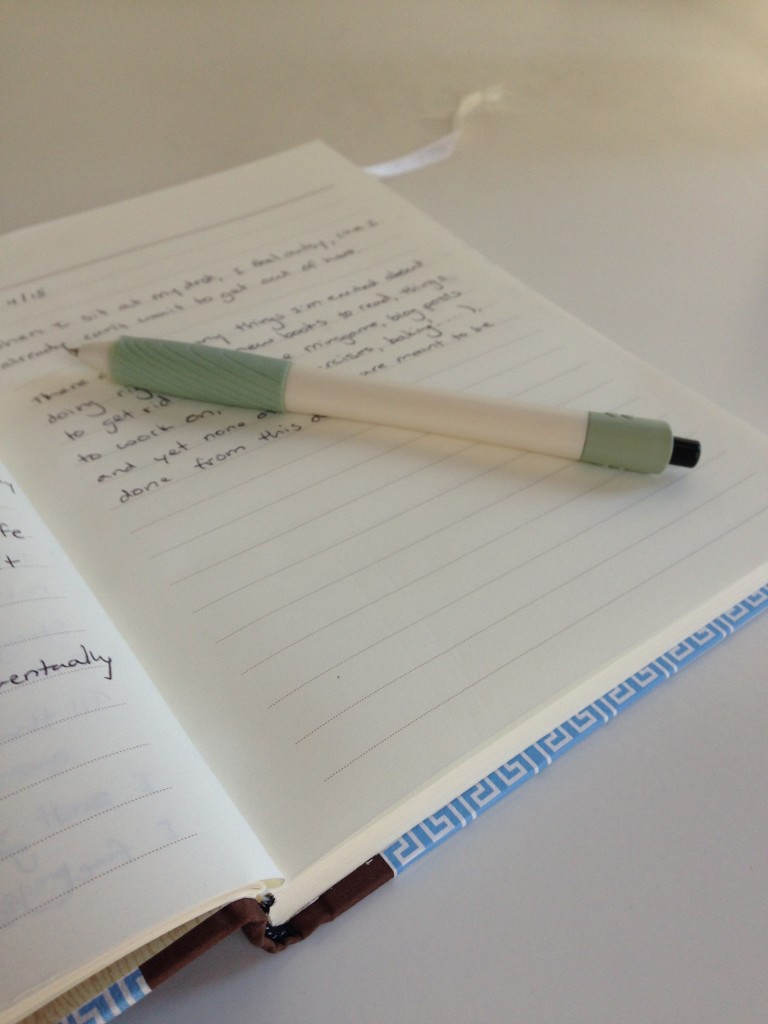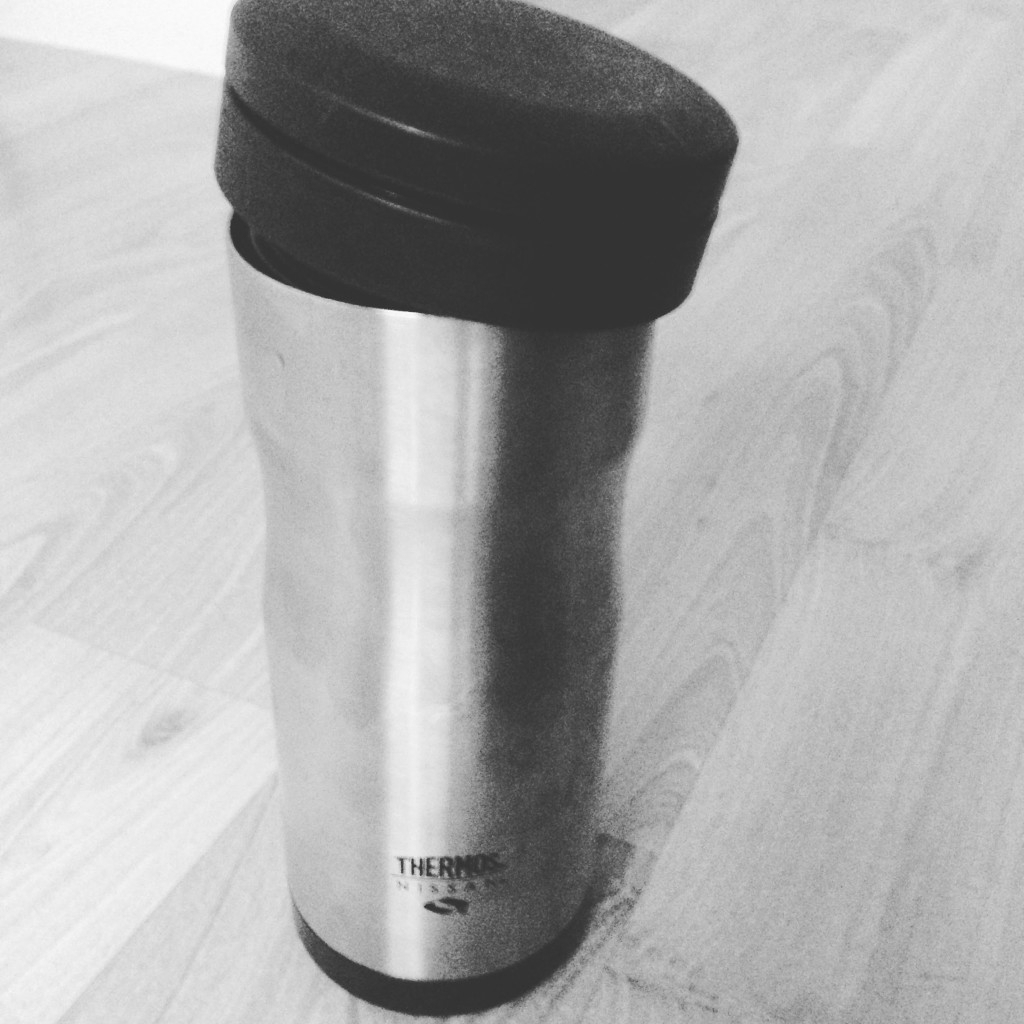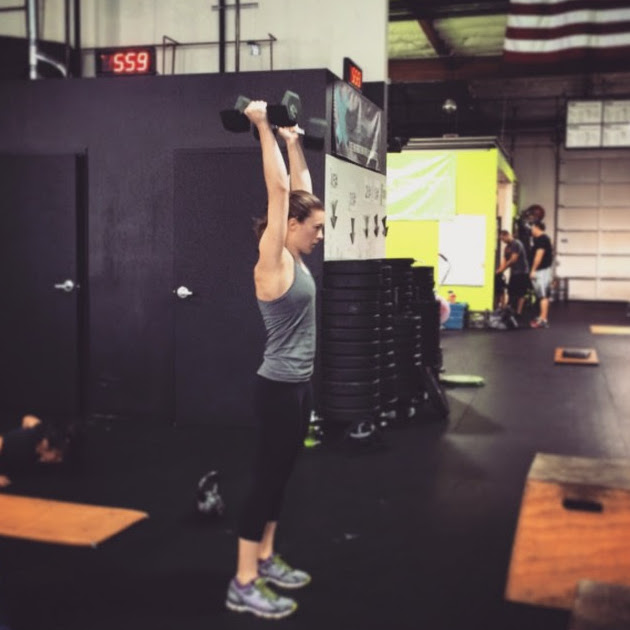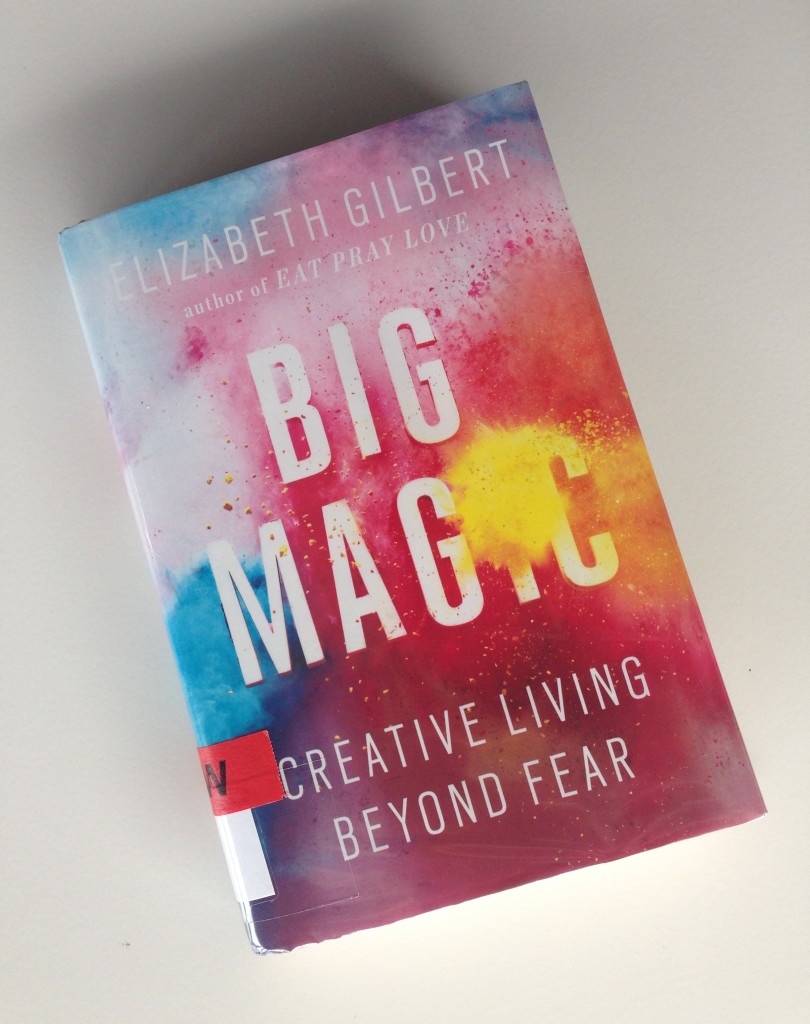I’ve been thinking a lot about creativity and how to keep it around lately. A lot of my ideas about how to be more creative and how I foster my creativity are in flux, especially after reading all of these great books on creativity, but I thought I would put down what I’ve found to be true for myself so far.
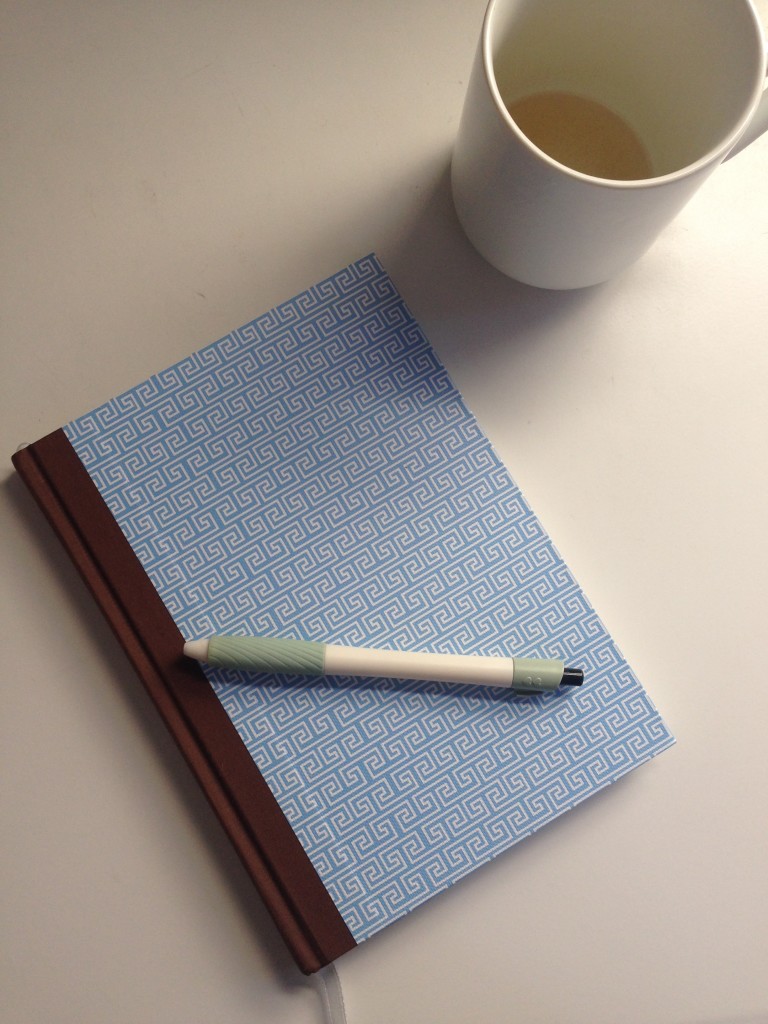
1. It doesn’t have to be brilliant or totally bran-freaking-new to be interesting and worth my time.
2. You don’t always have it. Some days I can write and it feels like the words just flow out of me. I can feel them pent up inside, dying it to get out. Those are the best days, where I can’t stop the words. Some days I dig around and look between the couch cushions, but they just aren’t there.
3. You have to have somewhere to capture it. When I was growing up I always carried a journal around with me to scribble down ideas (or really awful poems that I desperately hope I never put on the Internet). Once I got a smart phone I dropped the journal, but it’s really not the same. If you like to draw, carry a sketchbook. If nothing else, it’s a reminder that maybe you should put something in it.
4. Just try. During my 30 for 30 challenge I realized just how much writing (or whatever pursuit you are into) has to do with trying. There are days where writing for 30 minutes requires me to write about how I have nothing to write about. Or to talk about what I did that day, even if it was quite boring. Or just list off random things that pop into my head because I promised I would write for all of those damn minutes that seem to stretch forever. And then all of sudden I’m writing and it isn’t hard.
5. Tell yourself to shut up. The voice in my head that’s always talking gets in the way. It scares my creativity and it leaves no room for actual thinking. You can let that voice whisper when you are editing, but not before that. There just isn’t room for bullying, self-doubt, or plain irritating chatter and creativity.
6. It’s not about the money. In college I thought I would support myself on writing. And to be fair, I do! But not on my creative, pour my heart out, following my passions writing. Big Magic made me feel better about it. Elizabeth Gilbert makes it clear that it’s unfair to expect you art to support you. That’s what your job is for. The writing I love is so much harder when it’s for someone else (and a check) than when it’s just for me and I don’t get any monetary reward for it.
7. It’s okay to be weird. It’s also okay to be boring. Let your freak flag fly – your work will be better for it.
8. Good habits can make or break you. In college I would tend to write my blog posts on the same days at the same time. My brain started to expect that we were going to sit down and write. It got easier. For a while. And then I make a new habit and we all get along again. Even something simple, like making a cup of tea before sitting down to write can make a difference for me.
9. Forget your parents are reading it. Forget your friends are seeing it. Forget the world has eyes. You’ll be fine.
10. Being awful is okay. Few people are good at anything when they are young. I keep trying to remind myself that it’s okay to not know what I want to do yet. It’s okay for my writing to yo-yo between being pretty terrible and mediocre. It’s all okay.
11. Just make it! If it interests you enough to sit through the making of it, it’s definitely worth doing. I always have excuses for why I shouldn’t write/make something. It’s ridiculous. I started listening to the She Does podcast, and it seriously struck me like I was rear-ended – every single one of those women had an idea and just went all in on it. That’s how they got to where they are. That’s why they are so damn cool. That’s what we should all do too.



